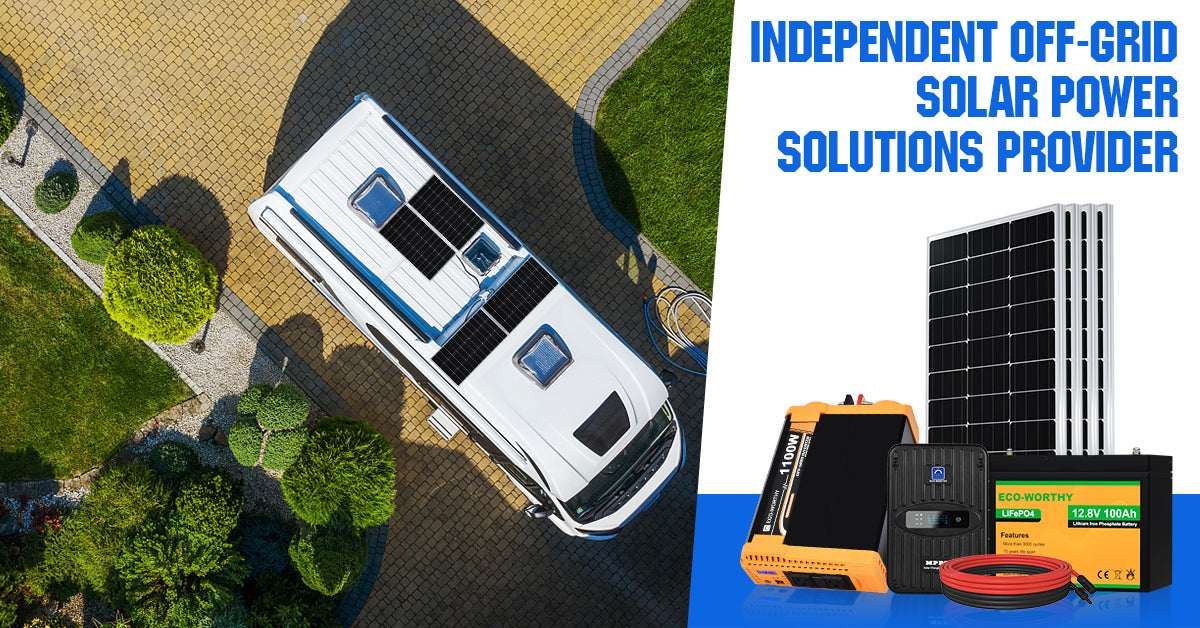This is my first time setting up a solar system. Here's what I have:
1) 10 195 Watt 24 Volt Solar Panels Mounted On The Roof.
2) 100 AMP MPPT Controller
3) 8 100 AMP Hour 12 Volt AGM Gel Batteries
4) 3500 Watt Inverter, Can Handle 48 Volt.
Right now I have the panels wired in two sets of series (5 each) and the two series run together in parallel. I have the batteries wired in two sets of series run together in parallel, 48 volts. We're not off-grid, we have shore power and a generator but I would like to be able to rely on the solar if the power goes down or if we're camping off-grid. The thing I'm not sure about is the series/parallel thing, am I wiring them the best way for what I want to achieve? I would like to keep the amperage down so I don't have to use such large wires. Any suggestions?
Also, I have an automatic transfer switch for the shore power/generator, what's the best way to tie in the solar power? The transfer switch doesn't allow for adding another power supply. I'm new to this but have been doing all the work myself so I can learn the system. I've read a lot but it seems like every system is different for different requirements.
Any help would be greatly appreciated.
Thanks
1) 10 195 Watt 24 Volt Solar Panels Mounted On The Roof.
2) 100 AMP MPPT Controller
3) 8 100 AMP Hour 12 Volt AGM Gel Batteries
4) 3500 Watt Inverter, Can Handle 48 Volt.
Right now I have the panels wired in two sets of series (5 each) and the two series run together in parallel. I have the batteries wired in two sets of series run together in parallel, 48 volts. We're not off-grid, we have shore power and a generator but I would like to be able to rely on the solar if the power goes down or if we're camping off-grid. The thing I'm not sure about is the series/parallel thing, am I wiring them the best way for what I want to achieve? I would like to keep the amperage down so I don't have to use such large wires. Any suggestions?
Also, I have an automatic transfer switch for the shore power/generator, what's the best way to tie in the solar power? The transfer switch doesn't allow for adding another power supply. I'm new to this but have been doing all the work myself so I can learn the system. I've read a lot but it seems like every system is different for different requirements.
Any help would be greatly appreciated.
Thanks

Comment